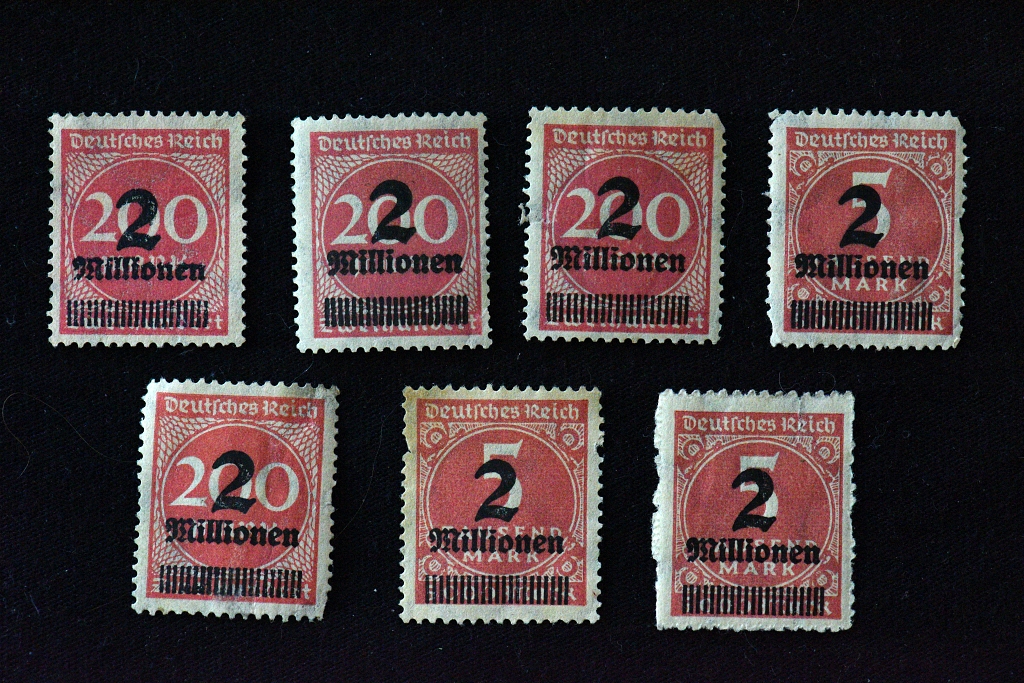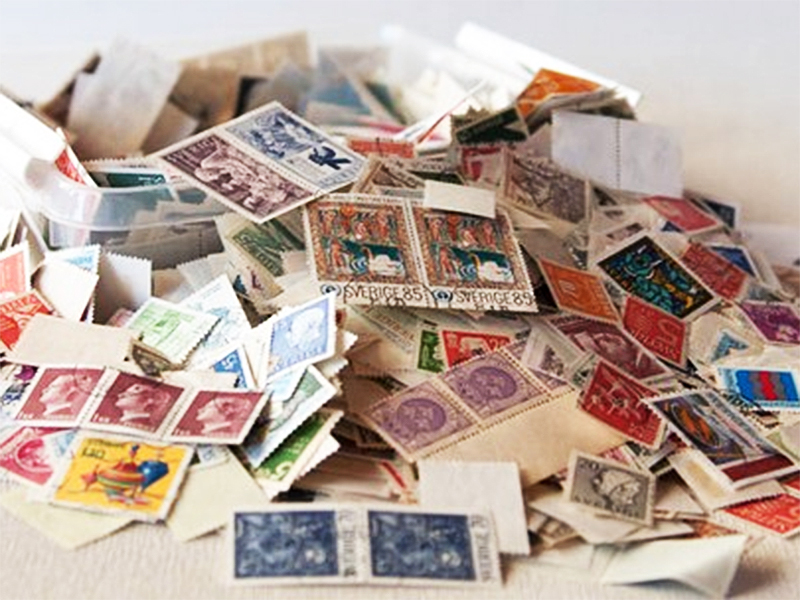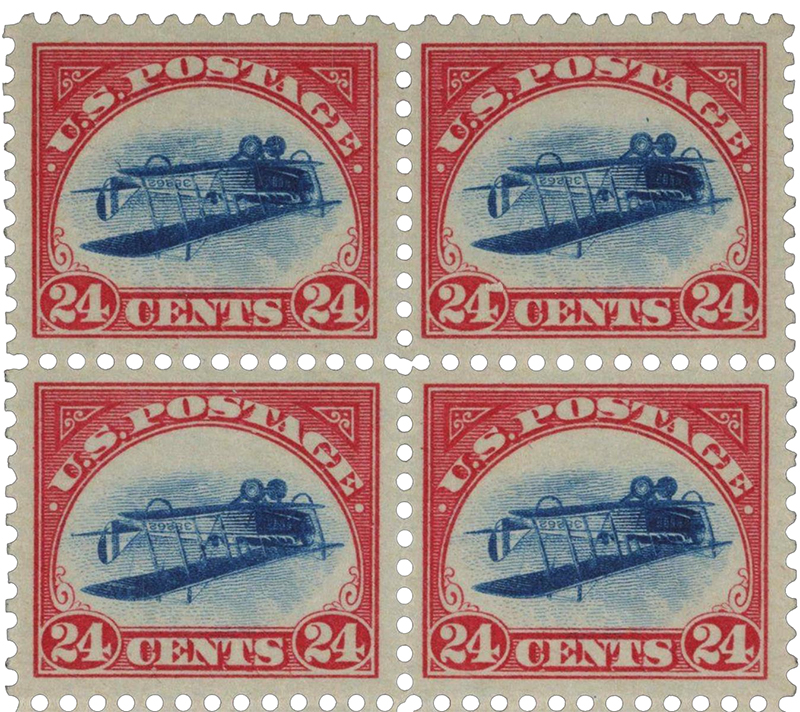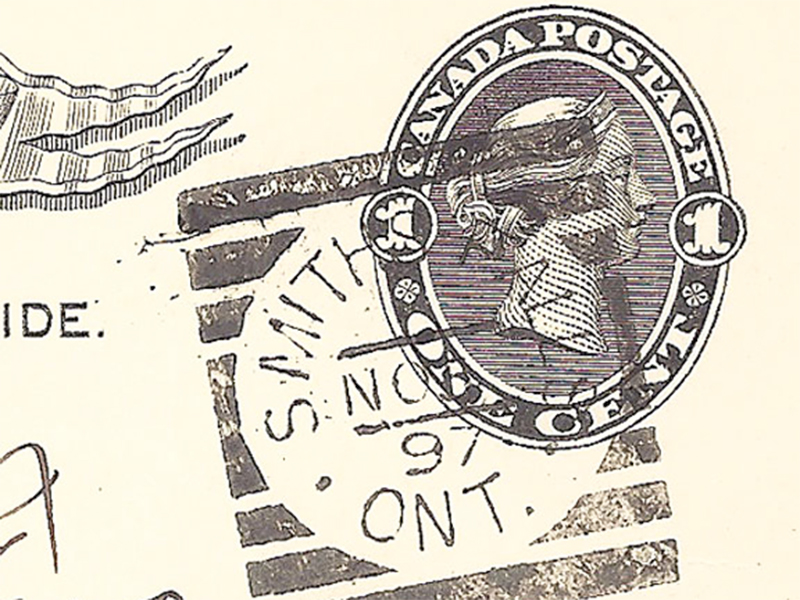German stamps offer a rich and diverse history, culture, and art journey. As one of the most prolific stamp-issuing nations in the world, Germany’s stamps provide insights into its political evolution, technological advancements, and societal values. From the early days of the German Empire to the present-day Federal Republic, each era is marked by distinctive designs and purposes.

The Early Days: German Empire (1871–1918)
Germany began issuing postage stamps following its unification under Kaiser Wilhelm I in 1871. The first German stamps, issued in 1872, featured simple designs depicting the German eagle or a profile of Kaiser Wilhelm. These stamps are notable for their intricate engravings and classical appearance.

During the reign of Kaiser Wilhelm II, many stamps celebrated Germany’s industrial and imperial power. Notable designs from this period include the Germania series, which began in 1900. These stamps featured a personification of Germany, represented as a mighty woman crowned with an imperial helmet, symbolizing national pride and strength.
Weimar Republic and Hyperinflation (1919–1933)
The aftermath of World War I led to the dissolution of the German Empire and the formation of the Weimar Republic. The stamps from this era reflect the tumultuous political and economic situation. One of the most famous stamp series from the Weimar period is the “inflation” stamps, issued between 1921 and 1923. These stamps had face values that skyrocketed from mere pfennigs to billions of marks, reflecting the hyperinflation crisis.

Despite the economic hardships, the Weimar Republic continued to issue stamps featuring historical figures, famous buildings, and classical art. These stamps are valued today not only for their historical significance but also for their aesthetic qualities.
Third Reich (1933–1945)
The Nazi era brought significant changes to German stamp design. Stamps during this period were used as powerful tools of propaganda, often depicting Adolf Hitler, swastikas, and Nazi slogans. These stamps are a stark reminder of the regime’s attempt to control all aspects of German life, including postage.

In addition to Hitler’s portrait, stamps from this period also commemorated major events like the 1936 Berlin Olympics and various Nazi Party rallies. The stamps became more militaristic and nationalistic, in line with the regime’s ideologies. For collectors, Third Reich stamps are a sobering reminder of this dark period in history, though they remain significant in philatelic circles for their historical value.
Post-World War II: Allied Occupation and Division of Germany (1945–1949)
Following Germany’s defeat in World War II, the country was divided into occupation zones controlled by the Allied powers: the United States, the United Kingdom, France, and the Soviet Union. Each zone issued its own stamps, making this period a complex yet fascinating one for collectors.

In the Soviet-occupied zone, stamps often depicted workers and farmers, reflecting Communist ideology. The Western zones, on the other hand, issued stamps featuring more neutral themes, such as rebuilding efforts, architecture, and cultural heritage.
The period also saw the emergence of the first stamps from the Saar Protectorate, which was under French control. Stamps from this region are known for their unique designs and limited print runs, making them sought after by collectors.
German Democratic Republic (East Germany) and Federal Republic of Germany (West Germany) (1949–1990)
In 1949, Germany officially split into two nations: the Federal Republic of Germany (West Germany) and the German Democratic Republic (East Germany). Each country developed its own distinct stamp designs, reflecting their divergent political systems.
West German stamps were known for their high-quality designs and featured themes like technological progress, European unity, and famous German personalities. The stamps issued during this time were more conservative in style, often celebrating democratic values, culture, and the nation’s rebuilding after the war.

In contrast, East German stamps were heavily influenced by Communist ideology. Many of the stamps from the German Democratic Republic featured workers, farmers, and soldiers, with a strong emphasis on socialist realism. East Germany also issued stamps commemorating Soviet achievements and partnerships with other socialist countries. However, despite the heavy political overtones, the artistry of East German stamps is appreciated by philatelists for its vibrancy and unique cultural depictions.
Reunification and Modern German Stamps (1990–Present)
The fall of the Berlin Wall in 1989 and the subsequent reunification of Germany in 1990 marked a new chapter in the country’s literary history. Modern German stamps reflect the country’s role as a leading European power, with themes focusing on culture, environmentalism, and global cooperation.

Contemporary stamps from Germany often feature famous German figures in the fields of literature, science, and art, as well as UNESCO World Heritage sites and other cultural landmarks. German stamps today are noted for their clean, modern designs, high-quality printing, and diverse subjects.
Special Issues and Collecting German Stamps
Germany is renowned for its special-issue stamps, which often celebrate anniversaries, historic events, or important cultural contributions. For example, stamps commemorating Beethoven, Goethe, or scientific breakthroughs like the discovery of X-rays are popular among collectors.

Germany also participates in joint stamp issues with other countries, making it a part of global philatelic themes. For collectors, these stamps provide a fascinating window into Germany’s relationships with other nations.
Conclusion
German stamps are much more than mere postage—they are a reflection of the country’s complex history, from its imperial days to the post-war division and modern reunification. Whether you’re interested in history, art, or political propaganda, the stamps of Germany offer a unique and rewarding field of study for both casual and serious collectors alike.










Leave a Reply